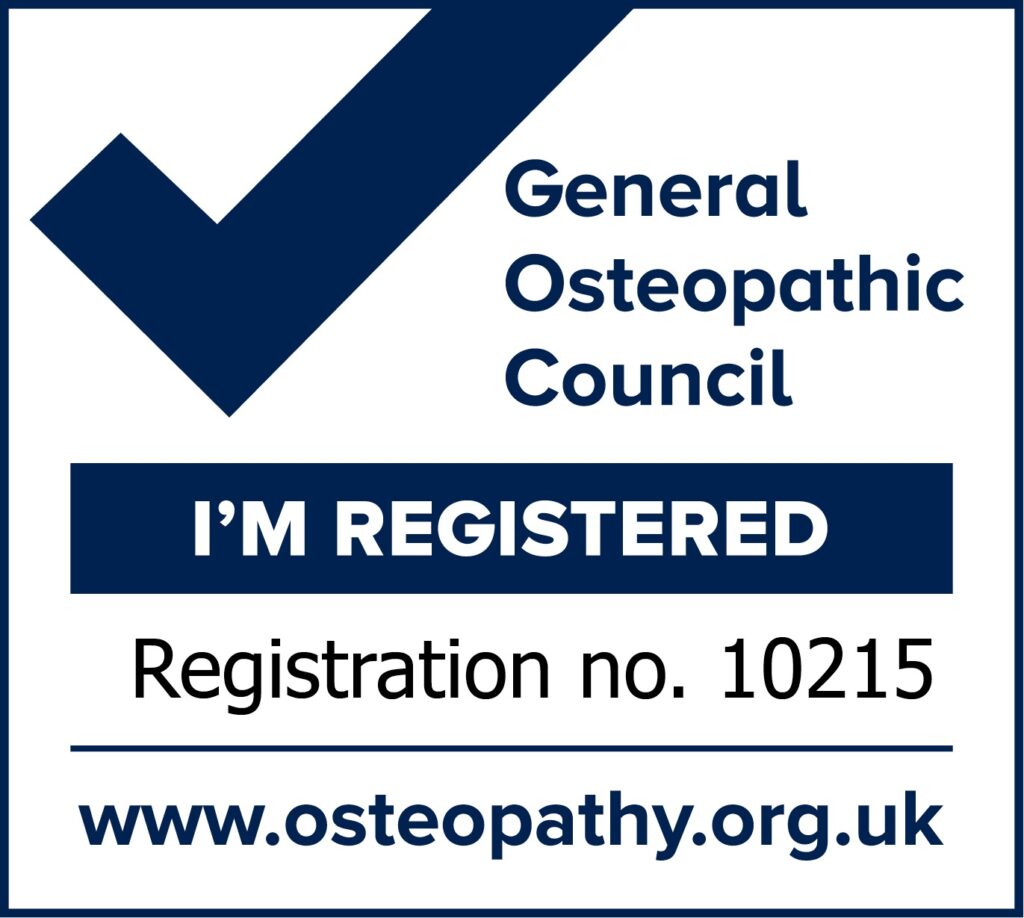By Daniel Brown May 2020
For the majority of human existence, we have adapted to live in an environment that is greatly different from the one we live in today. Our bodies evolved towards the needs of the natural world not the one we have engineered in recent years. This modern-day environment has changed the way behave; from the way we travel, the food we eat, the technology we use, and the way we react to stresses placed upon us. The further we distance ourselves from natural laws the more susceptible we are to pain, injury and disease. Maybe overtime our bodies will evolve to the rapid development of the modern-day world but we’re not there yet.
I would argue that most humans are unaware of how out of balance their bodies have become due to the adaptions made to the current environment. Your posture is a direct result of the postural habits that you commonly exhibit. The prime example of these adaptions is the amount of time we as a whole spend in a seated position throughout the day. When constantly sitting our hip flexors are kept flexed and in a shortened state, and our hamstrings and glutes kept lengthened. Over time the brain wires neuro-muscular connections favouring the prolonged seated position, and the surrounding connective tissues remodel becoming fixated towards this state. This transfers to our standing posture leading to a cascade of effects including an anteriorly tilted pelvis, excessive kyphosis, lordosis and forward head posture.
So, what is an efficient posture? And why is this important?
An efficient posture is one that promotes full body stability and joint stacking, while expending the minimum amount of energy. When in a static position a person does not stand completely still even if trying to do so. Instead, “postural sway”, a continual shifting of the body’s Centre of Gravity, pulls on opposing pairs of muscle.
Posture and balance are partly a result of the interaction of a number of sensory feedbacks and the resulting muscular responses. This sensory feedback comes from:
The diagram shows the optimal centre of gravity line, which passes through the middle of the ankle, knee, hip, shoulder and ear. With most of the weight being placed towards the front of the heal, directly under the ankle.
Benefits of an efficient posture:
How can manual therapy help to balance your posture?
Osteopaths are highly trained practitioners who are experts in reading and assessing the body. They use a verity of techniques tailored to the individual, to help promote natural alignment. They also give advice on how you can help yourself correct your posture.
How can you improve your posture?
I would suggest that the first step is to become body aware and gain sense of how your body is held in space. Starting off to keep things simple, you may like to stand in front of a mirror and self-analyse your posture looking for asymmetries left to right. And front to back in relation to the centre of gravity line. Also noticing where you are placing the weight of your body under your feet.
You can correct your posture by:
If you can do this in front of a mirror, then try and remember the position of your body, and throughout the day (cuing at the shops for example) you can try and get back to this position. At first you will have to be conscious of your body’s position but over time this should become habit. During the early transition you may feel a few muscular aches and pains and joint discomfort, but the good news is you should quickly adjust to your new balanced posture and feel more secure and less fatigued for doing so.
By Daniel Brown May 2020


© Copyright 2021 BTST Osteopathy And Sports Massage Clinic.